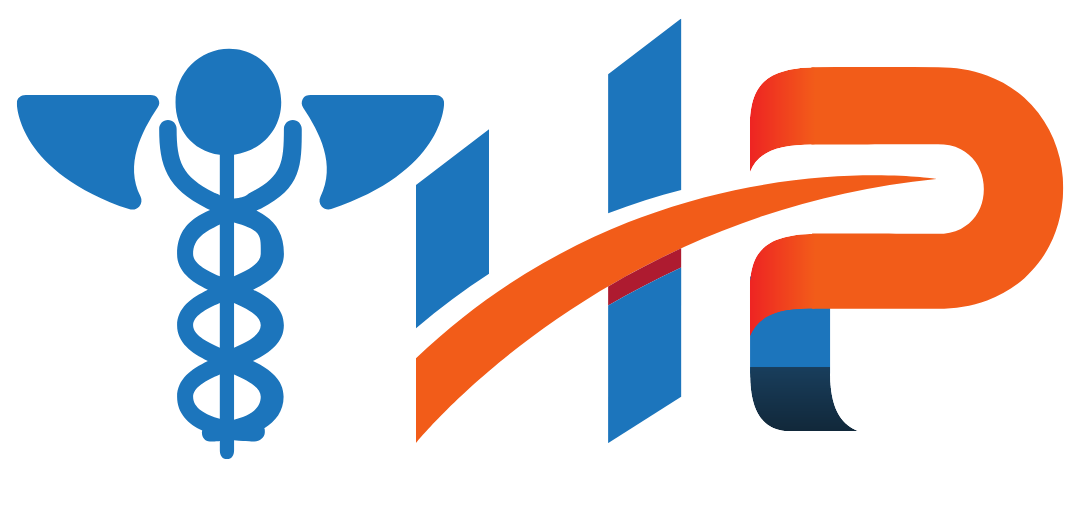Branches of CAM
Complementary and Alternative Medicine (CAM) is a broad category of health care practices, products, and therapies that are not generally considered part of conventional medicine. It’s important to note that the term “complementary” refers to therapies used in conjunction with conventional medicine, while “alternative” refers to therapies used instead of conventional medicine. The distinction between these two can be fluid, as certain therapies might be considered complementary in one context and alternative in another.
Here are the main branches of complementary and alternative medicine:
- Traditional Alternative Medicine:
- Traditional Chinese Medicine (TCM): Includes practices such as acupuncture, cupping, herbal medicine, and qi gong.
- Ayurveda: An ancient Indian system of medicine that uses diet, meditation, yoga, herbal medicine, and other practices to promote wellness.
- Naturopathy: Focuses on the body’s ability to heal itself through a balanced diet, exercise, and other natural therapies.
- Homeopathy: Uses minute doses of natural substances to stimulate the body’s self-healing abilities.
2. Body-Based Methods:
- Chiropractic: Focuses on the musculoskeletal system, particularly the spine. Chiropractors often use spinal manipulation to treat disorders.
- Osteopathy: Uses stretches, gentle pressure, and resistance to move muscles and joints.
- Massage: Manipulates muscles and other soft tissues of the body to promote relaxation and healing.
- Reflexology: Based on the idea that certain areas of the feet, hands, and ears correspond to specific organs and systems in the body.
3. Mind-Body Techniques:
- Meditation: Practices that focus the mind and eliminate external thoughts to induce relaxation and enhance inner peace.
- Biofeedback: Teaches patients to control physiological functions in order to improve physical, mental, and emotional health.
- Hypnotherapy: Uses guided relaxation and intense concentration to achieve a heightened state of awareness.
- Yoga and Tai Chi: Combine physical movements with breathing and meditation.
4. Natural Products:
- Herbal Medicine: Uses plants or plant extracts to treat various ailments.
- Dietary Supplements: Include vitamins, minerals, and other products to supplement the diet and improve health.
- Probiotics: Live bacteria and yeasts believed to be beneficial for digestive health.
5. Energy Therapies:
- Reiki: A technique where practitioners transfer “universal energy” through their palms to promote healing.
- Qi Gong: A component of TCM that combines movement, meditation, and regulation of breathing to promote health and spirituality.
- Therapeutic Touch: Involves moving hands over the body to detect and balance the patient’s energy field.
6. Biologically Based Practices: Utilizes substances found in nature, such as herbs, foods, and vitamins. Some examples include dietary supplements, herbal products, and the use of other so-called natural but as yet scientifically unproven therapies (for example, using shark cartilage to treat cancer).
7. Whole Medical Systems: These are complete systems of theory and practice, and often they’ve evolved apart from and earlier than the conventional medical approach. Apart from the mentioned Ayurveda and TCM, this also includes systems like Homeopathic medicine and Naturopathic medicine.
8. Other CAM practices: These include movement therapies (like Feldenkrais method, Alexander technique), biological treatments (like EDTA chelation therapy), and body-based practices (like craniosacral therapy).
It’s essential to approach CAM with an open mind but also with caution. While many CAM therapies are rooted in ancient practice, not all have been thoroughly tested in scientific studies. Before starting any complementary or alternative therapy, it’s crucial to consult with a healthcare professional to ensure it’s safe and appropriate for one’s specific circumstances.

